As supercars often have ridiculously high development costs, many brands resort to making use of parts found in some surprising everyday vehicles.
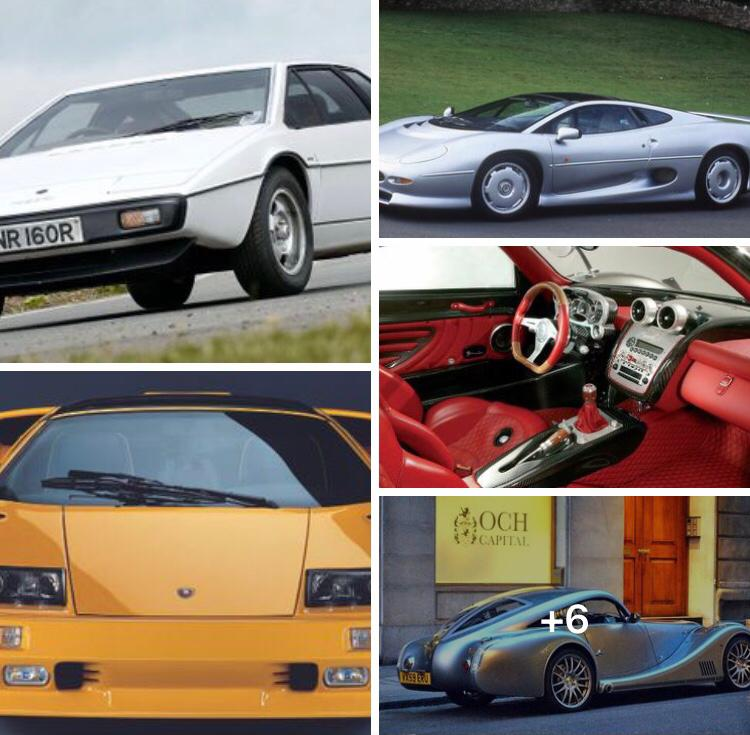
Developing a new car is a very expensive affair and brands will try and cut costs wherever possible. It is not uncommon for models to share engines across platforms. It is also increasingly popular for cars to share platforms with the BMW Z4 and Toyota GR Supra being of this. The most popular choice, however, is to share smaller parts such as lights, interior components, and door mirrors.
RELATED: Cars You Didn’t Know Shared The Same Engines
As supercars often have ridiculously high development costs for low volume production, cash saving is vital and many brands resort to making use of objects from other manufacturers to save on development costs. If a brand can make use of these parts, it means development can be spent elsewhere, such as in developing chassis dynamics, making better use of money.
10/10 Lotus Esprit And Morris Marina (Door Handles)
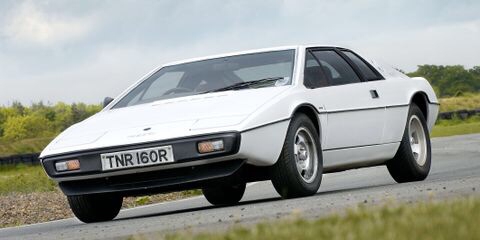
Lotus has waded through the parts bin to save costs throughout the brand’s history from the Toyota AE86 taillights that are found on the Esprit MkIII to the first generation Elise using Renault 4 headlamps. The best example, however, is the first generation Esprit making use of the door handles from a European car that owners should be ashamed of having in their garage, the Morris Marina.
Outside of the Lotus Esprit, the Morris Marina door handle had a long lifespan; it not only outlasted the Marina, but the entire Morris brand as well. These door handles were found on various other Lotus models such as the four-door Range Rover and even the first generation Land Rover Discovery.
9/10 Lamborghini Diablo And Nissan 300ZX (Headlights)
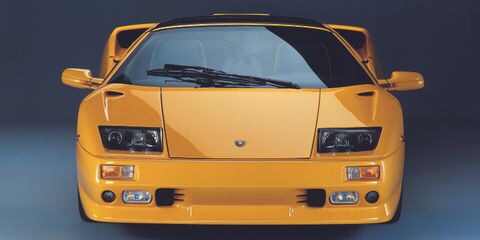
8/10 Jaguar XJ220 And Citroen CX (Side Mirrors)
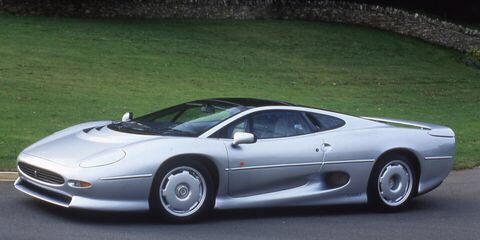
The Jaguar XJ220 once held the world record for the highest top speed at 217 mph, yet it had to be developed cheaper than expected and compromises were made. The original V12 was downgraded to a V6 and out went the gullwing doors. It also used Rover 200 taillights to cut down costs.
Most famously, however, the Jaguar XJ220 made use of Citroen CX door mirrors. Part of the reason these mirrors were so popular was that it was not integrated into the door like other cars were. They were easy to fit to low volume performance cars and also found homes on the Aston Martin Virage, Lotus Esprit V8, and TVR Griffith.
7/10 Pagani Zonda And Rover 45 (HVAC Controls)
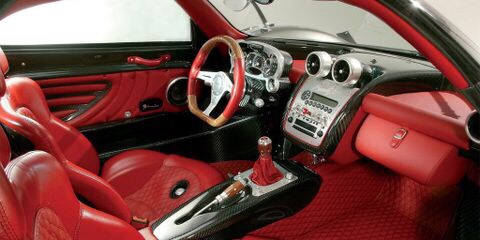
When launched in 1999, the Pagani Zonda was an immediate hit with ferocious power and track ability. A 7.3-liter V12 and 200+ mph top speed made it a great supercar while the insane styling, both inside and out, made it memorable.
The Rover 45 on the other hand was none of those things. It was the perfect representation of middle England on wheels. However, these two interiors share the same HVAC control interface, which is surprising considering the Zonda costs over ten times as much as the Rover.
6/10 Morgan Aeromax And Lancia Thesis (Taillights)
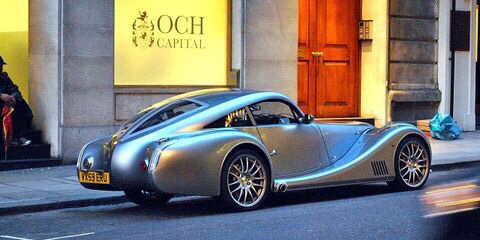
Morgan is a brand that never builds in high numbers and makes use of other brands’ engines and mechanicals. The Aeromax was such an example, using a BMW V8. This was a radical car from the brand with a stunning boat tail rear end, using Lancia Thesis rear lights with style.
The Lancia Thesis was a visually challenged luxury car offered by Lancia from 2001 to 2009 that doesn’t have any resemblance to the Aeromax. The oddest part about these parts share is that they look more natural on the Morgan, despite being designed for the Lancia.
5/10 Aston Martin DB7 And Mazda 323 (Taillights)
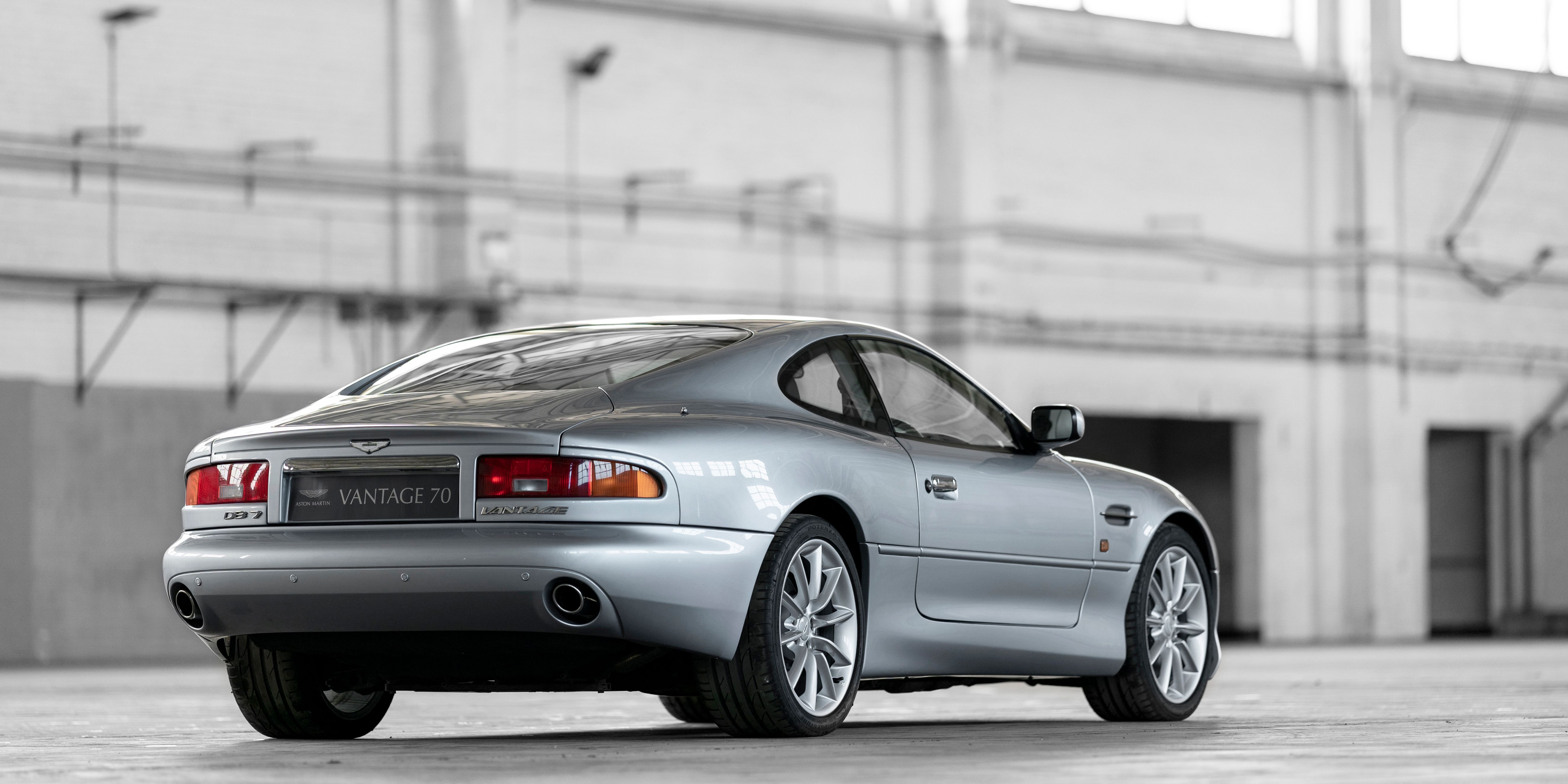
When Ford bought Aston Martin in 1989, a wave of optimism swept through the brand that had been on life support for several years. Adding to the DB7’s fascinating history, the Aston Martin sports car reinvigorated the marque and proved that a British grand tourer could sell in impressive fashion.
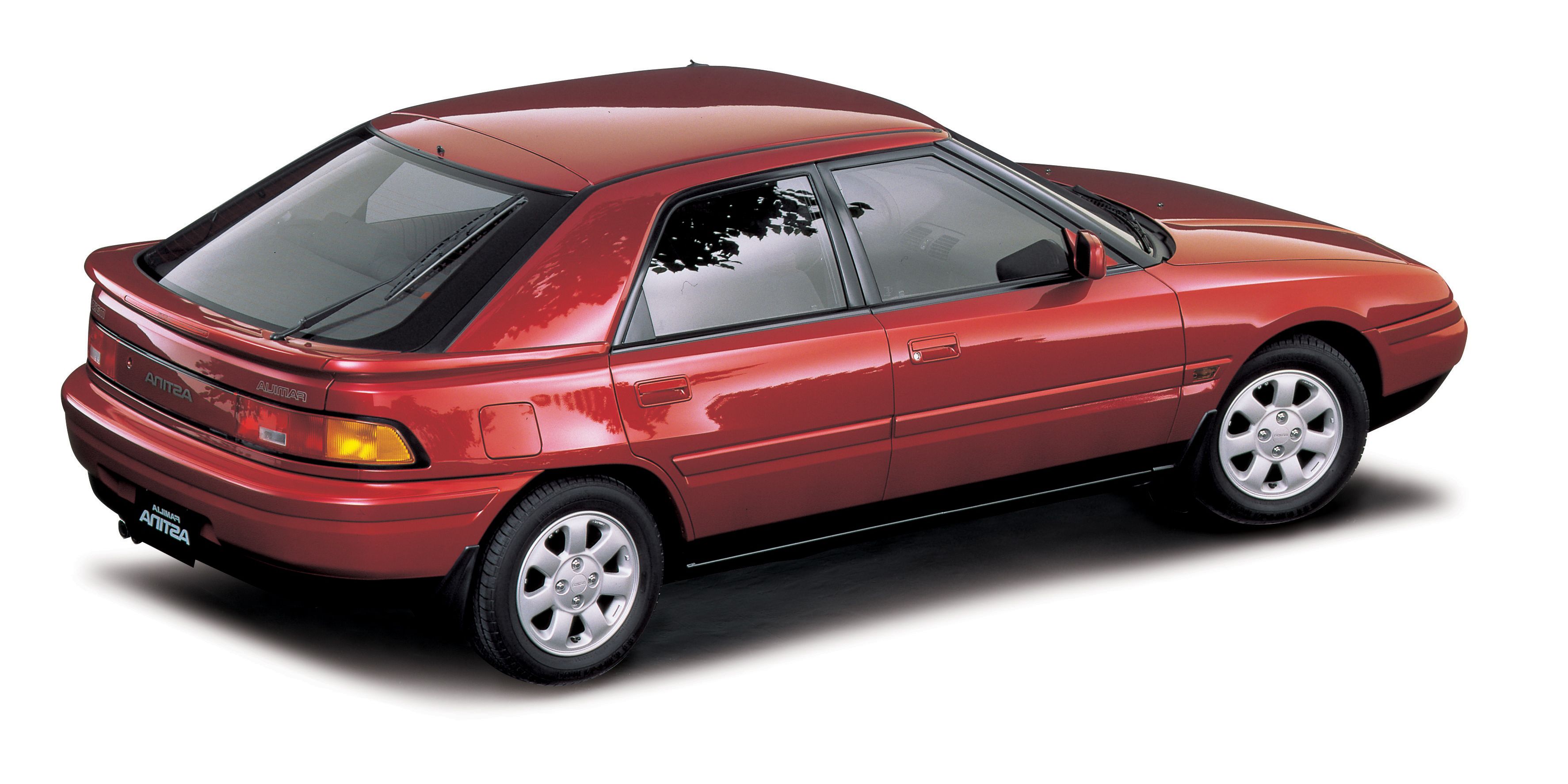
Ford also had investments in Mazda at the time and that meant they could raid the parts bin to keep the DB7 profitable. In addition to making use of Miata interior door handles, the Aston Martin DB7 used the rear lights off a Mazda 323F, a quirky family car. Aston Martin added plastic cowling to try and disguise the origins, though it’s still fairly noticeable.
4/10 Dodge Viper And Mitsubishi 3000GT (Side Mirrors)
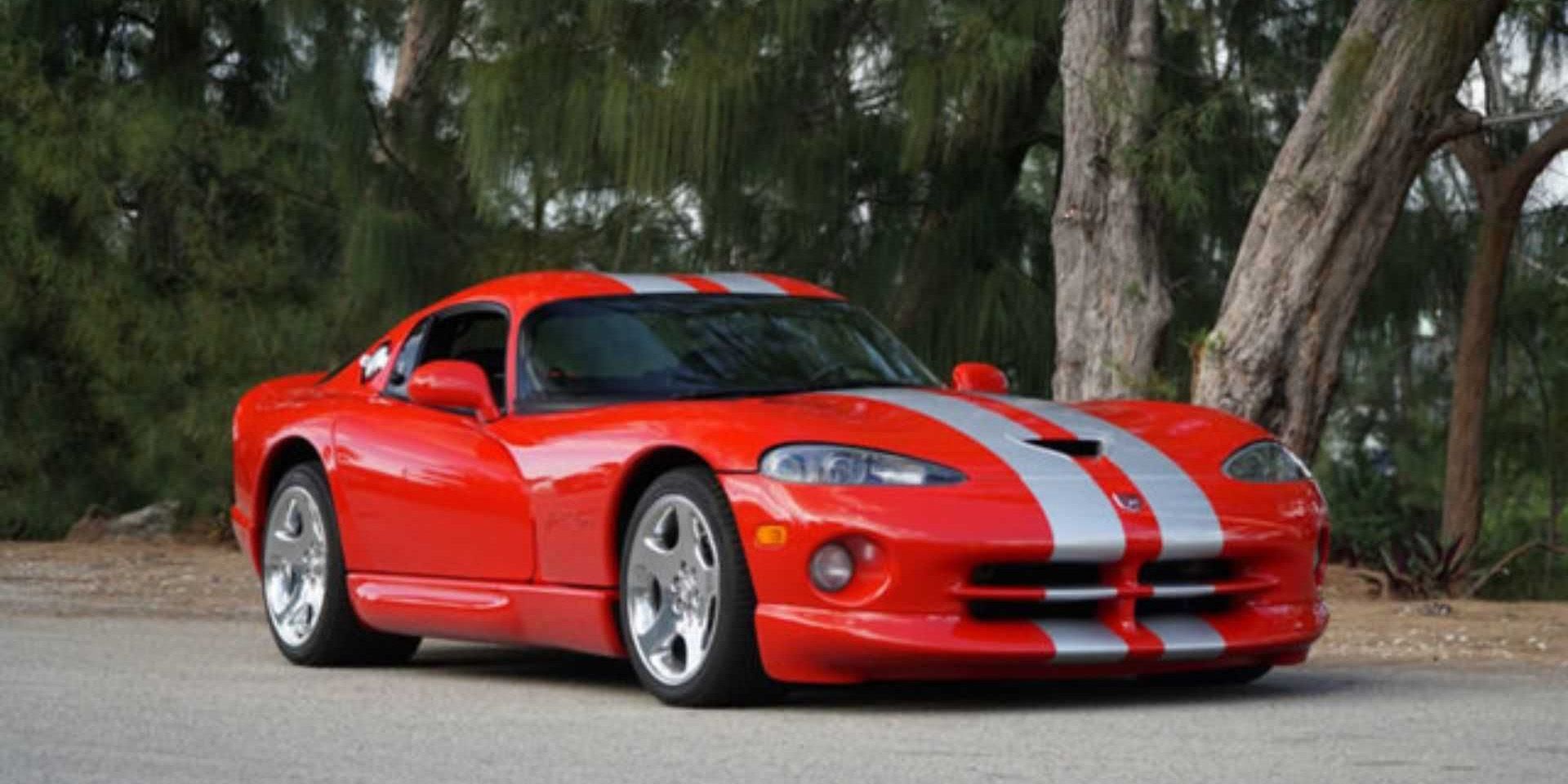
The Dodge Viper was an insane car when launched in 1990. An 8.0-liter V10 (initially from a truck) produced 450 bhp in the GTS. The car was unruly but an absolute blast to drive. It was an incredibly analog and mechanical experience to try and drive one of these sports cars.
RELATED:We Can’t Stop Staring At These Modified Dodge Vipers
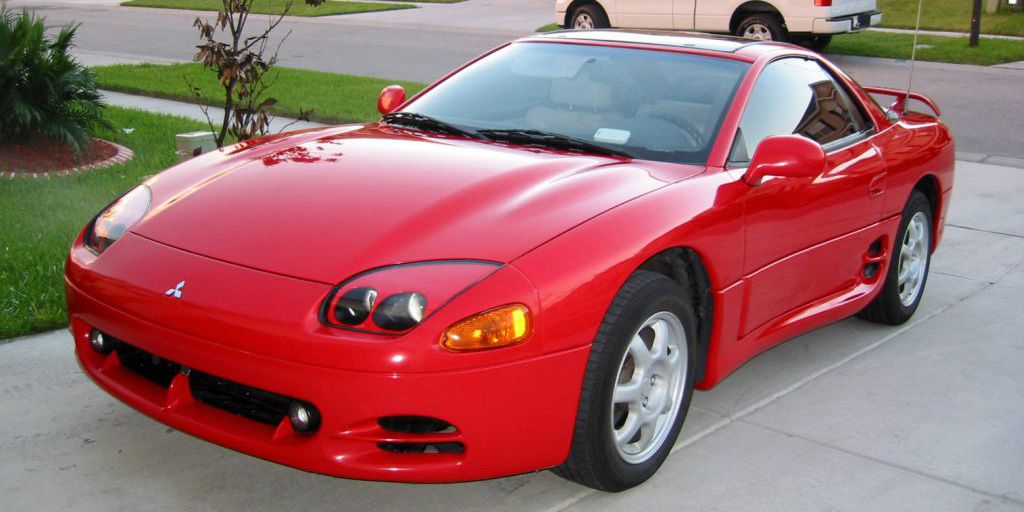
The Mitsubishi 3000GT is also a sports car, if not in the same league as the Viper. It was a heavy technology-laden car with rear steering, active aero, and AWD. In other words, these two cars shared very little in common. However, the Viper shared the same wing mirrors as the 3000GT.
3/10 Ferrari California And Chrysler Sebring (Infotainment Unit)
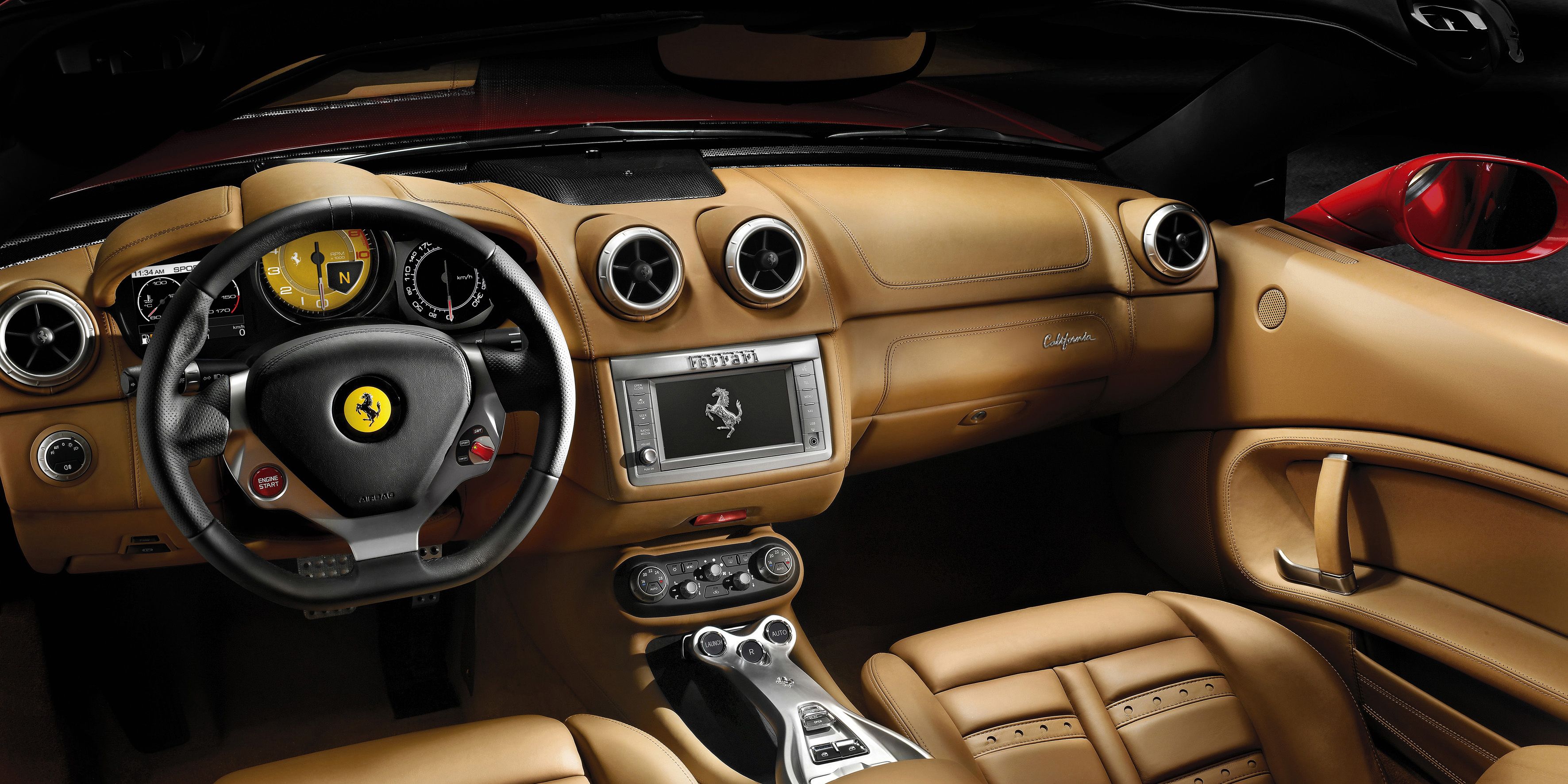
FCA, now Stellantis is an absolutely massive organization and encompasses several major car brands. Not only does this mean that parts sharing is inevitable, but it also means that brands of very different market space share them.
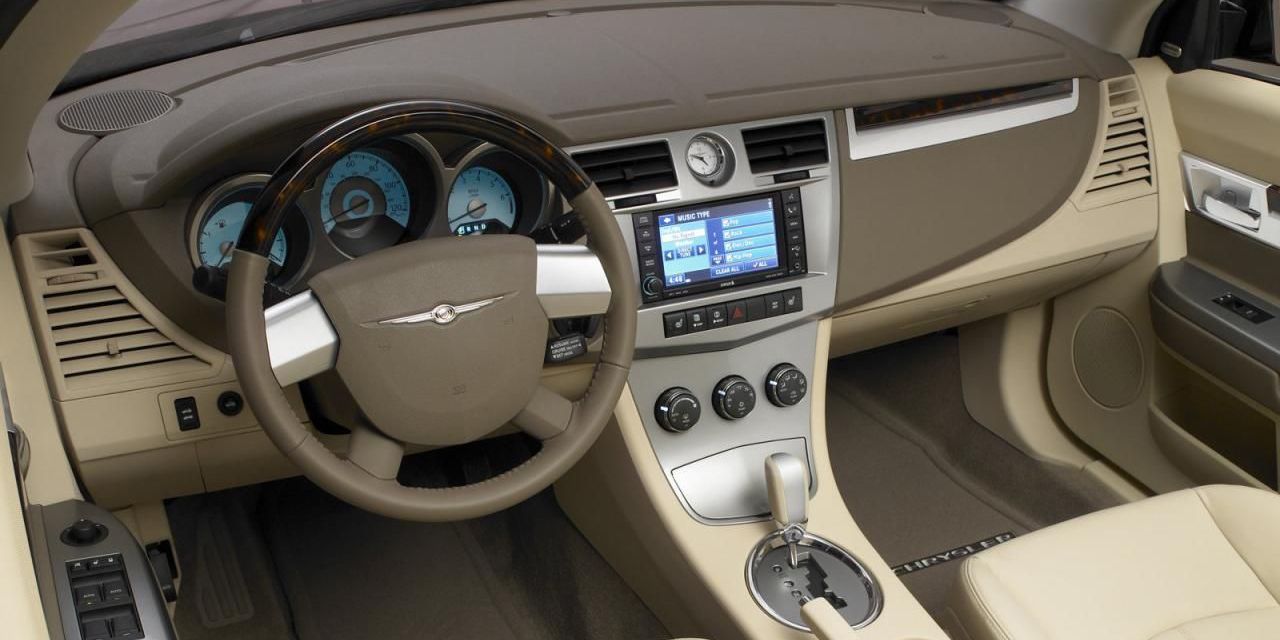
Take the Ferrari California and Chrysler Sebring, for example. Both are FCA products but nothing makes these two cars similar in any way. And yet the two cars share an infotainment unit. The Ferrari one may be dressed up with a logo and silver finish, but it’s the exact same unit found in the Chrysler Sebring, which is one of the worst American cars ever made.
2/10 Chevrolet Corvette C5 And Oldsmobile Aurora (Door Handles)
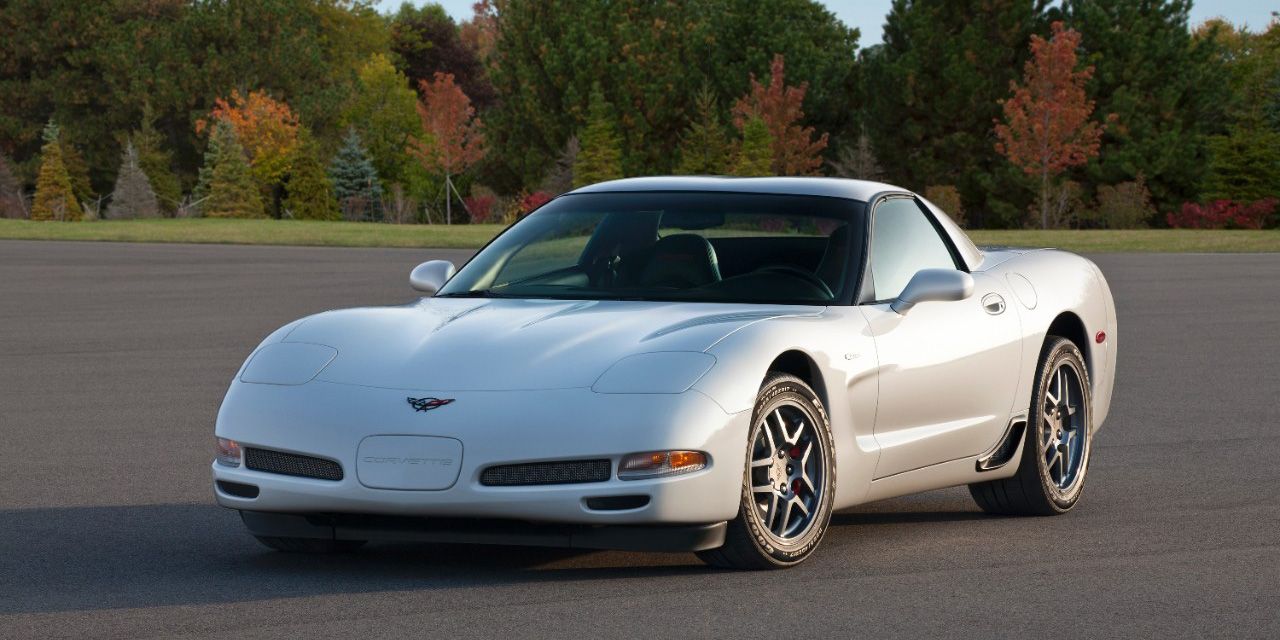
The fifth-generation Corvette is a fine looking sports car. Launched in 1997, it updated the car to drive far better than the C4 thanks to revised handling and engine upgrades. It was a popular model replaced by the C6 in 2005.
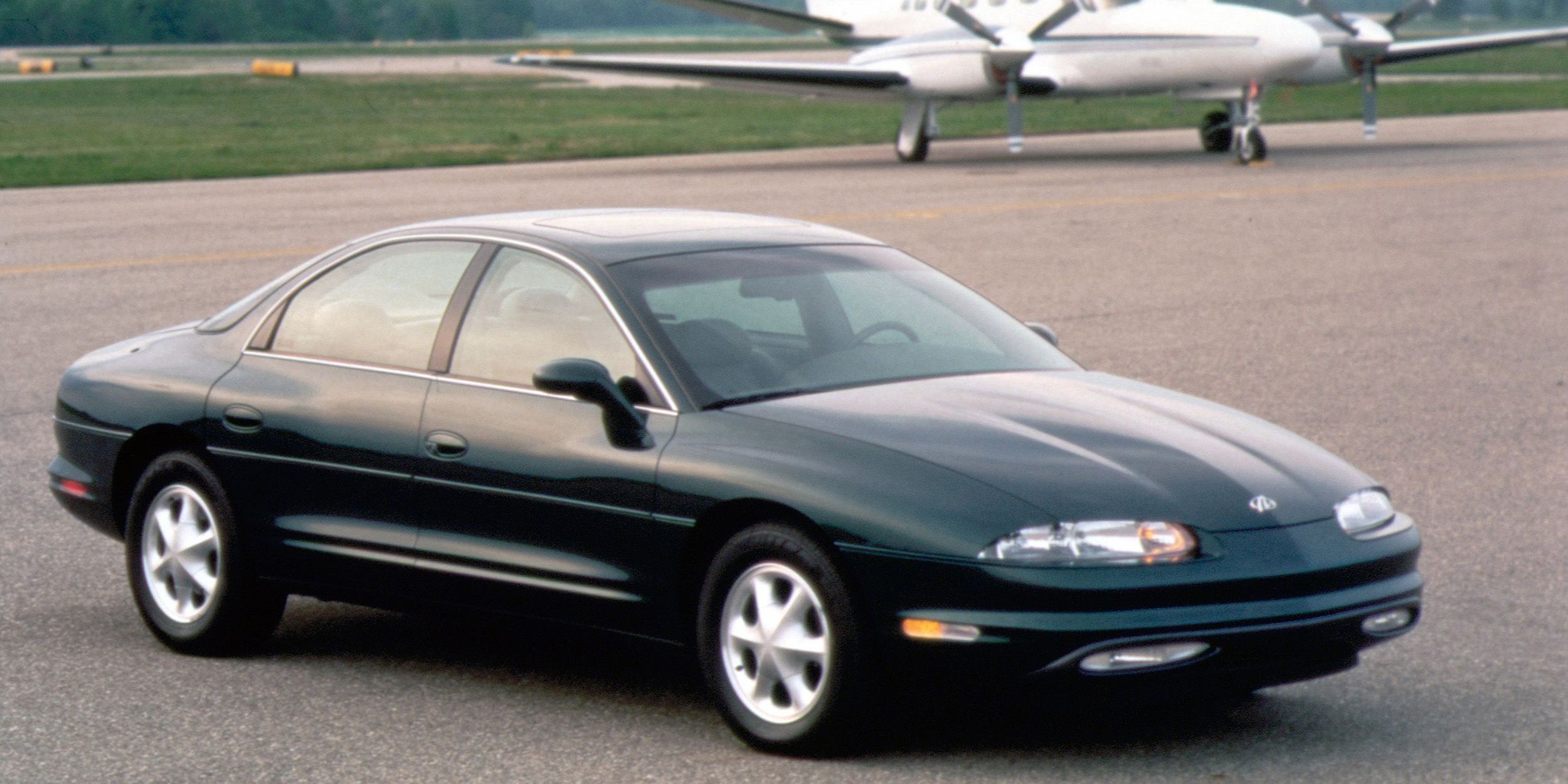
The Oldsmobile Aurora was not a particularly interesting car all things considered; a FWD 4.0-liter V8 car wrapped in a curved body that embodied the 1990s. It also donated its door handles to the Corvette C5.
1/10 McLaren-Mercedes SLR And Mercedes Sprinter (Column Stalks)
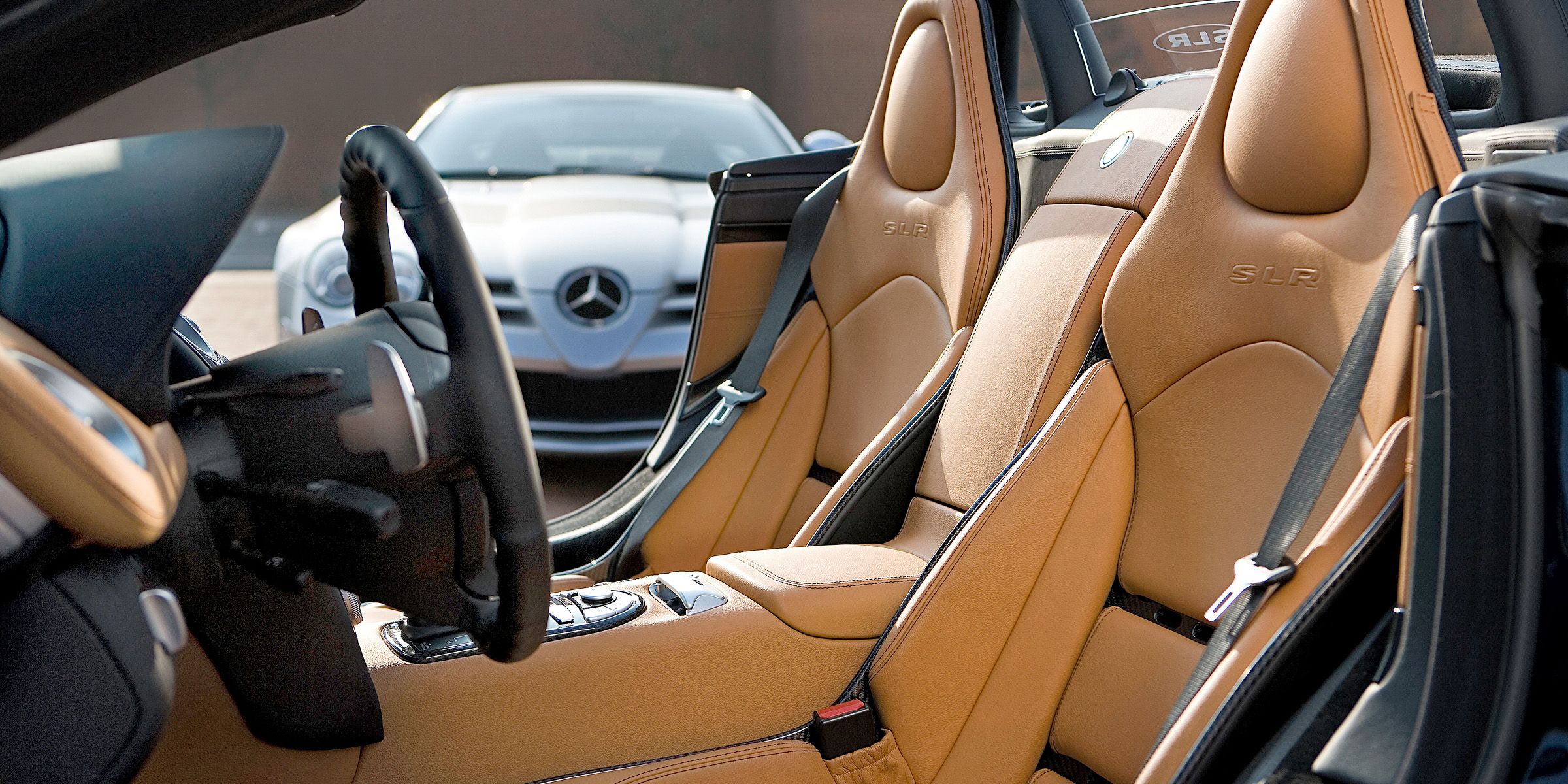
One of the best examples of how diverse a brand can be, the Mercedes SLR McLaren and Mercedes Sprinter both share the three-pointed star logo yet are nothing alike. One is a very fast supercar, the other a big panel van.
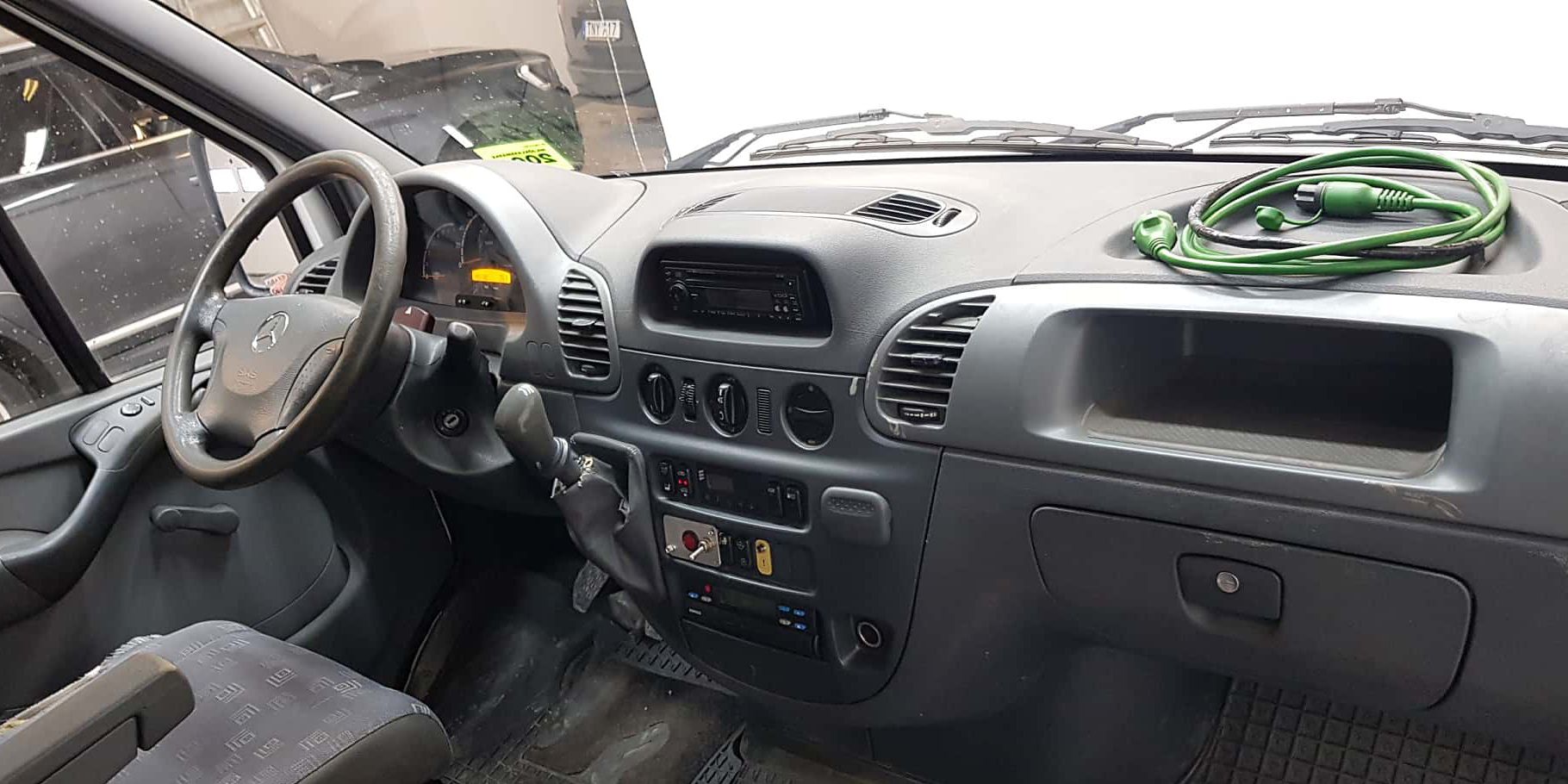
However, even a bespoke supercar from one of the most powerful brands on earth cannot escape cost-cutting measures. Nestled within the luxurious leather of the $300,000 plus super car were the plastic column stalks found in a Mercedes Sprinter van.


